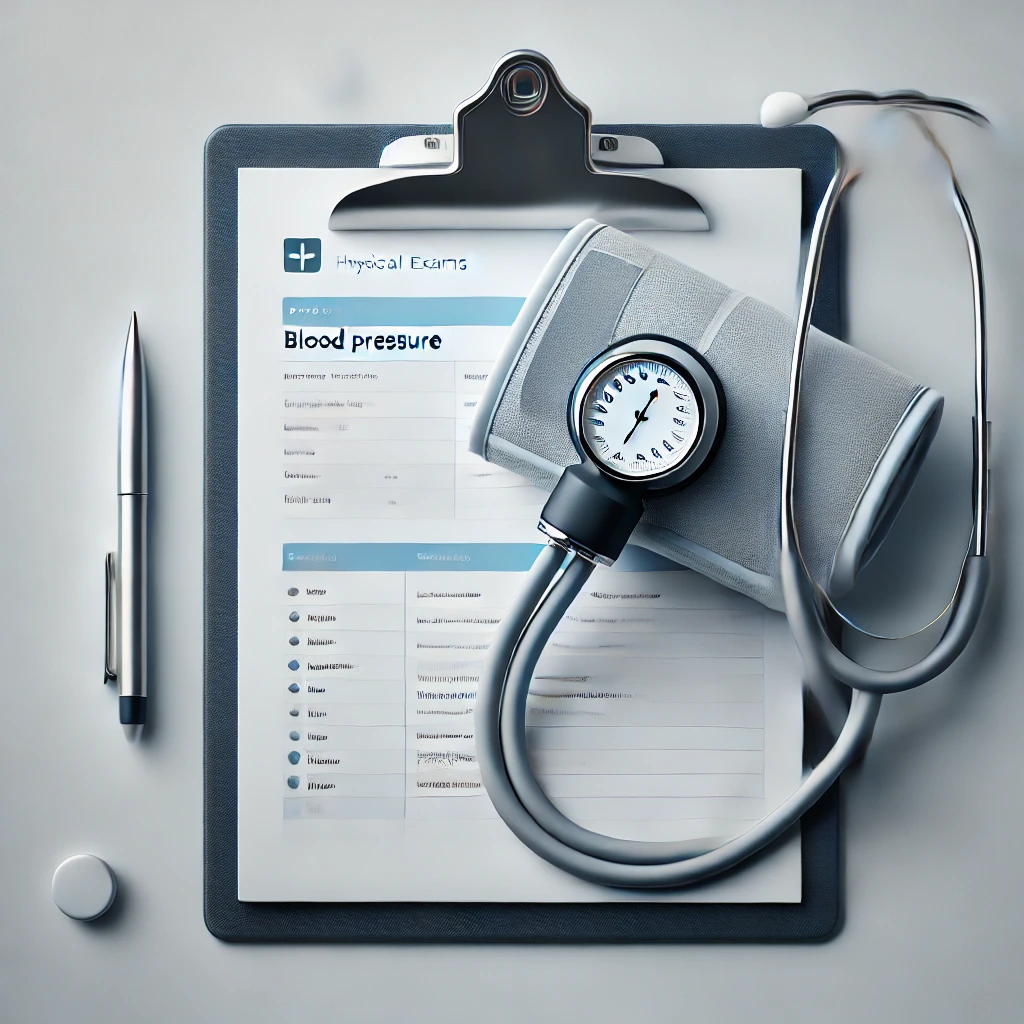Phone: (201) 863-5696 (Available 24/7)
Email: info@advancedmedicalcarenj.com
CDL/DOT Physical
Our CDL physical exams are designed to ensure your health and safety while keeping you on the road. With a quick and thorough evaluation, we’ll help you meet federal requirements, address any potential concerns, and provide the certification you need to drive a commercial vehicle confidently. Schedule your exam today and get back on the road with peace of mind!
Book Your CDL/DOT Physical Exam
Test Details
What Happens During a CDL/DOT Physical Exam?
A DOT physical is a comprehensive health evaluation to confirm you meet the federal requirements for operating a commercial vehicle. Here’s what you can expect:
Review of Your Medical History
- The examiner will review your medical examination report form and may ask follow-up questions to clarify details about your health.
- The examiner will review your medical examination report form and may ask follow-up questions to clarify details about your health.
Health and Physical Assessment
- Pulse and Blood Pressure: Ensure your cardiovascular health meets safety standards.
- Height and Weight Measurement: Record basic health metrics.
- Urinalysis: Screen for underlying medical conditions.
- Vision and Hearing Tests: Verify you meet the necessary standards for safe driving.
- Heart and Lung Evaluation: Listen for irregularities using a stethoscope.
- Reflex and Mobility Check: Assess walking patterns, reflexes, and coordination.
This detailed process ensures you’re fully certified to drive safely and confidently.

What Happens During a CDL/DOT Physical Exam?
A DOT physical is a comprehensive health evaluation to confirm you meet the federal requirements for operating a commercial vehicle. Here’s what you can expect:
Review of Your Medical History
- The examiner will review your medical examination report form and may ask follow-up questions to clarify details about your health.
- The examiner will review your medical examination report form and may ask follow-up questions to clarify details about your health.
Health and Physical Assessment
- Pulse and Blood Pressure: Ensure your cardiovascular health meets safety standards.
- Height and Weight Measurement: Record basic health metrics.
- Urinalysis: Screen for underlying medical conditions.
- Vision and Hearing Tests: Verify you meet the necessary standards for safe driving.
- Heart and Lung Evaluation: Listen for irregularities using a stethoscope.
- Reflex and Mobility Check: Assess walking patterns, reflexes, and coordination.
This detailed process ensures you’re fully certified to drive safely and confidently.
How to Prepare for Your CDL Physical Exam?
To ensure your exam goes smoothly, follow these simple steps:
Bring Your Medical History
- Have details about your past and current medical conditions, surgeries, and medications ready. This will help you complete the health history section of your medical examination report.
- Have details about your past and current medical conditions, surgeries, and medications ready. This will help you complete the health history section of your medical examination report.
Download the Required Forms
- Visit the U.S. Department of Transportation website to download the Medical Examination Report Form. Fill out the health history checklist and other relevant sections.
- Visit the U.S. Department of Transportation website to download the Medical Examination Report Form. Fill out the health history checklist and other relevant sections.
Prepare Additional Forms (If Needed)
- Depending on your health, you might need extra forms like:
- Vision Evaluation Report
- Diabetes Assessment Form
- CMV Driver Medication Form
- Depending on your health, you might need extra forms like:
Specific Health Condition Requirements
- For Diabetes: Bring your most recent A1C results.
- For Sleep Apnea: Provide a three-month CPAP compliance report.
- If on Warfarin (Coumadin®): Bring your latest INR report.
Tip: Being well-prepared helps avoid delays and ensures a quicker certification process.
Here are some specific items to prepare based on common health conditions:
- For Diabetes: Bring your latest A1C results.
- For Sleep Apnea: Have a three-month CPAP compliance report ready.
- If Taking Warfarin (Coumadin®): Bring a recent INR report.
Being well-prepared can help prevent delays in certification.
